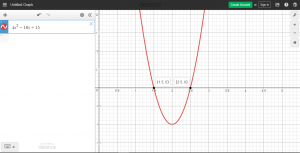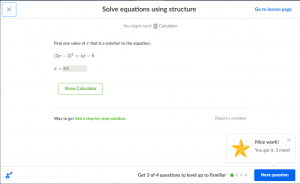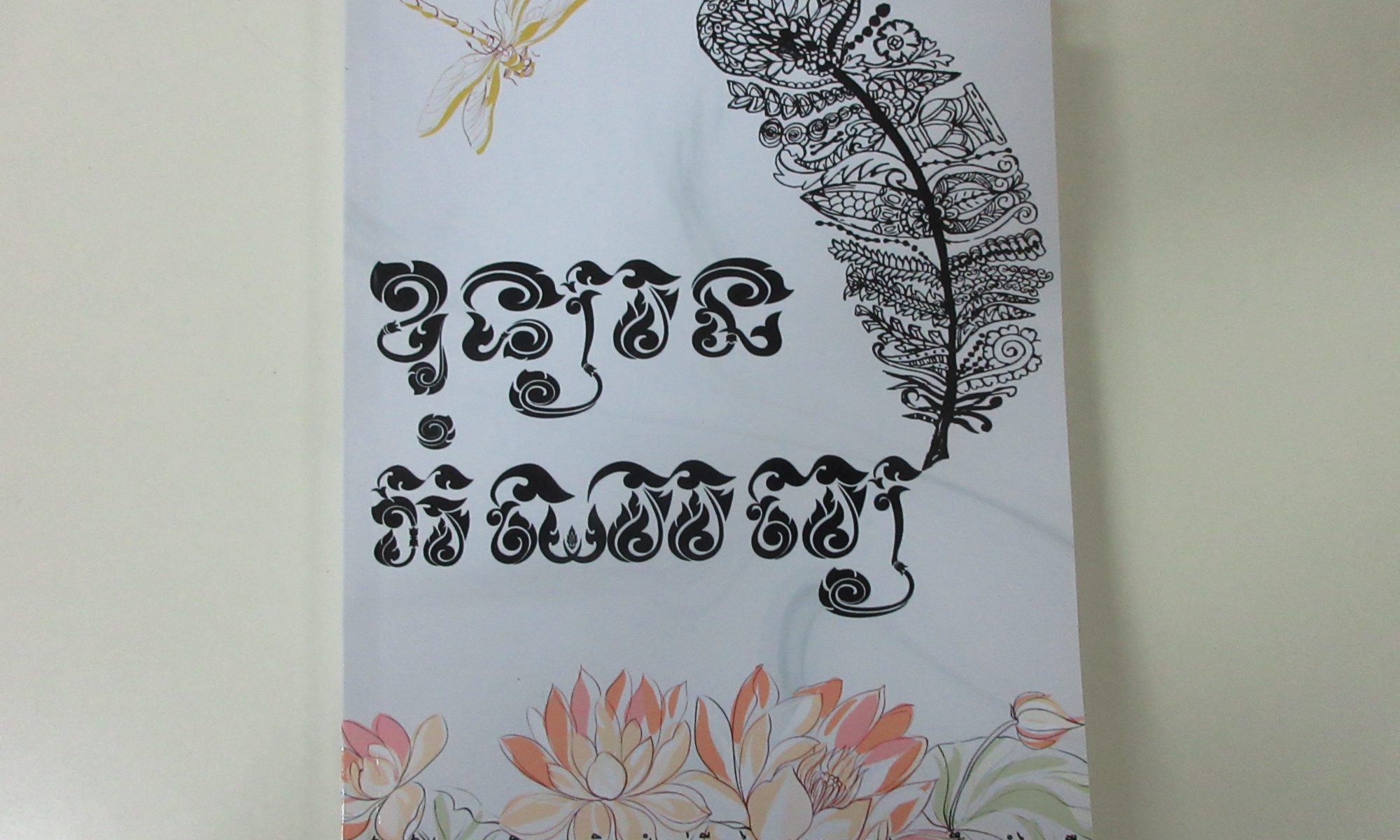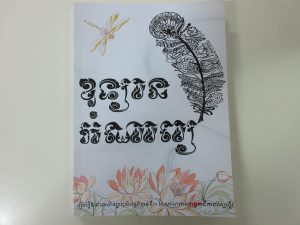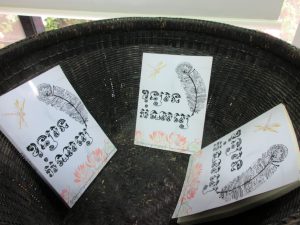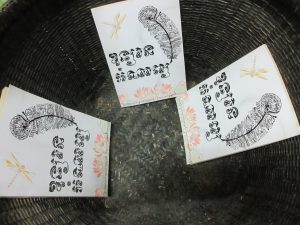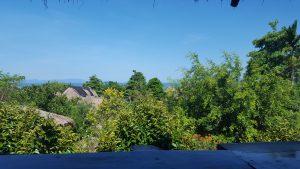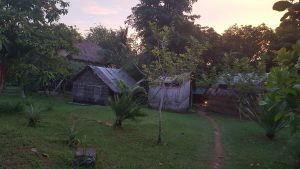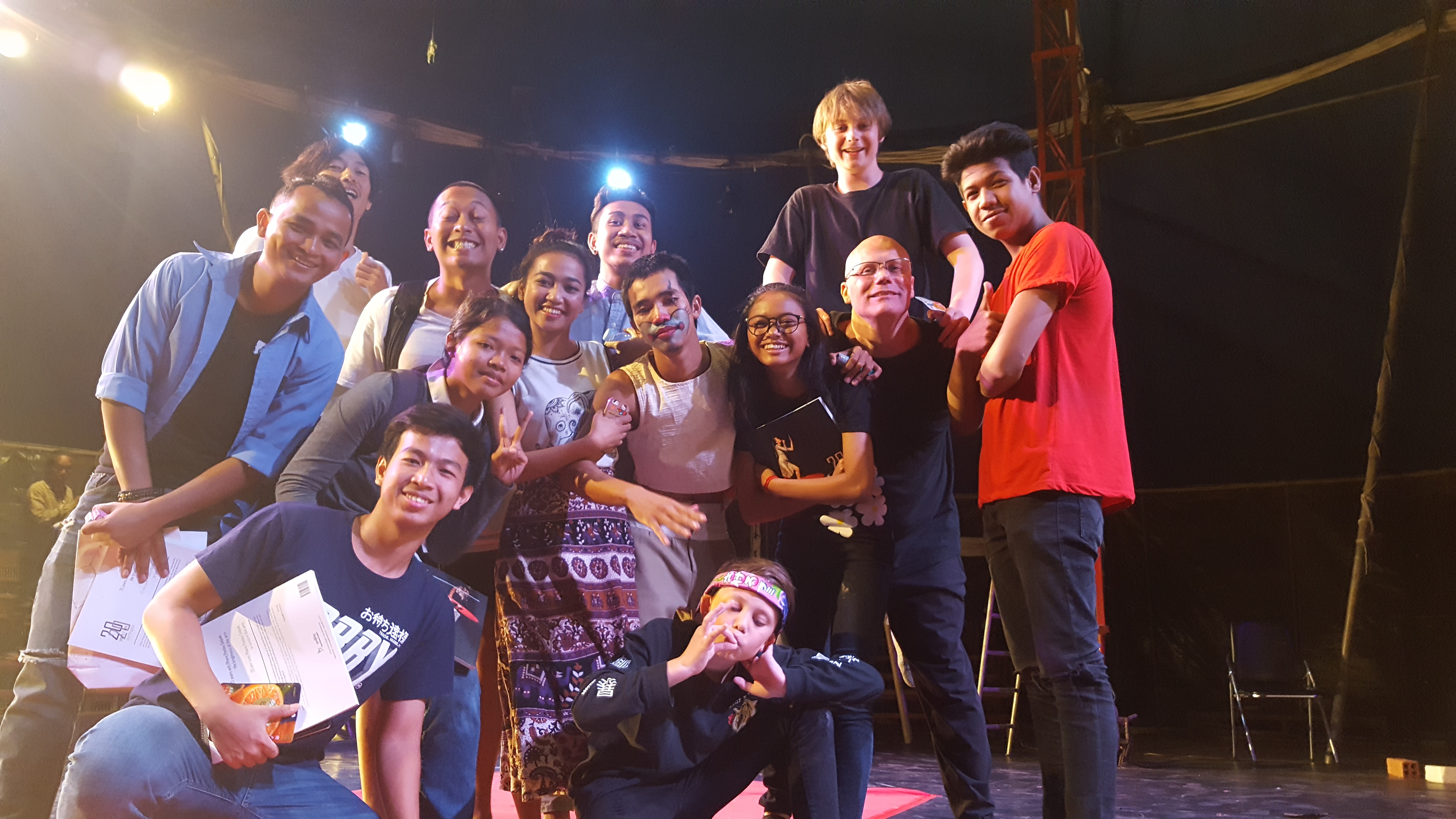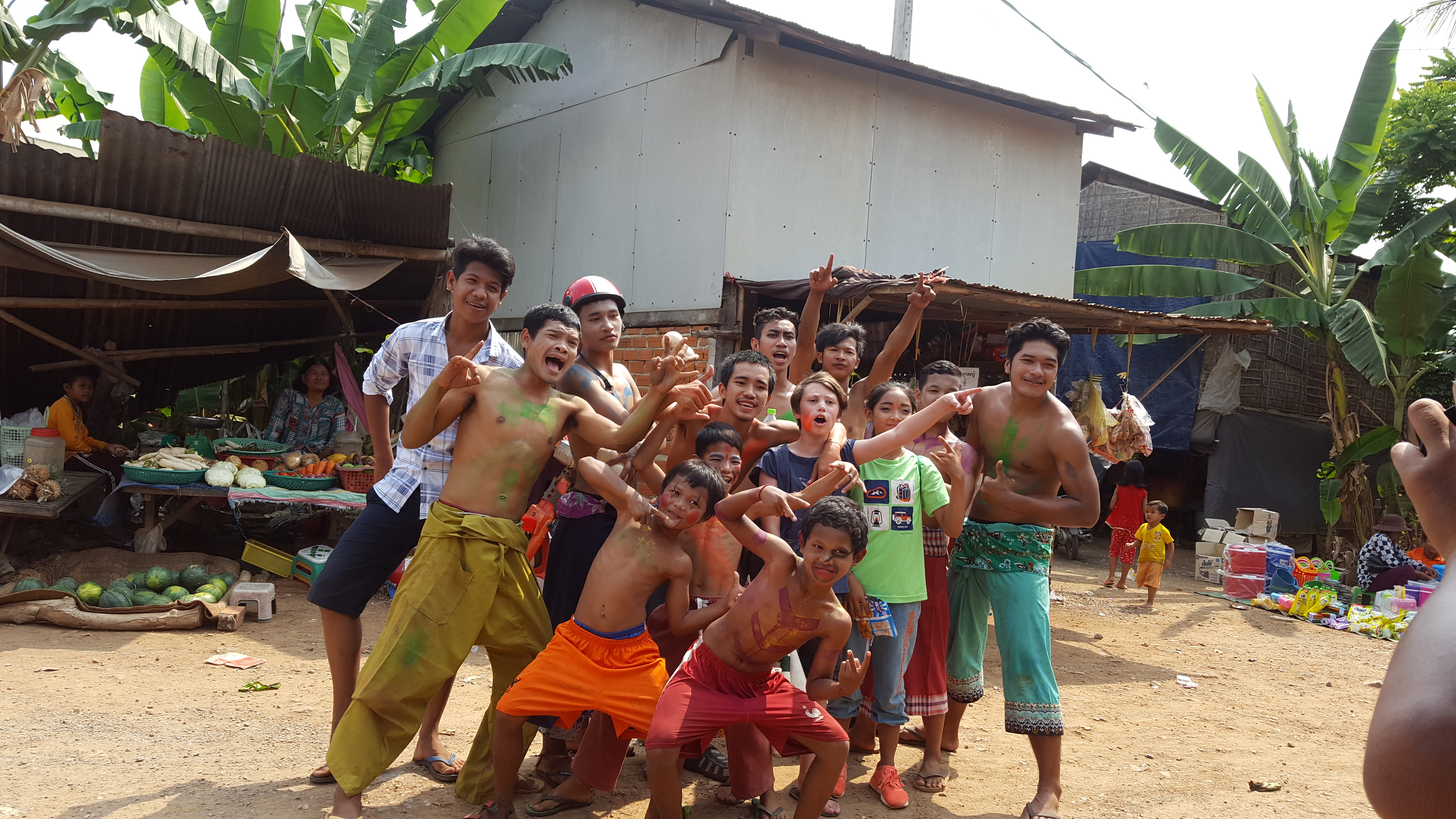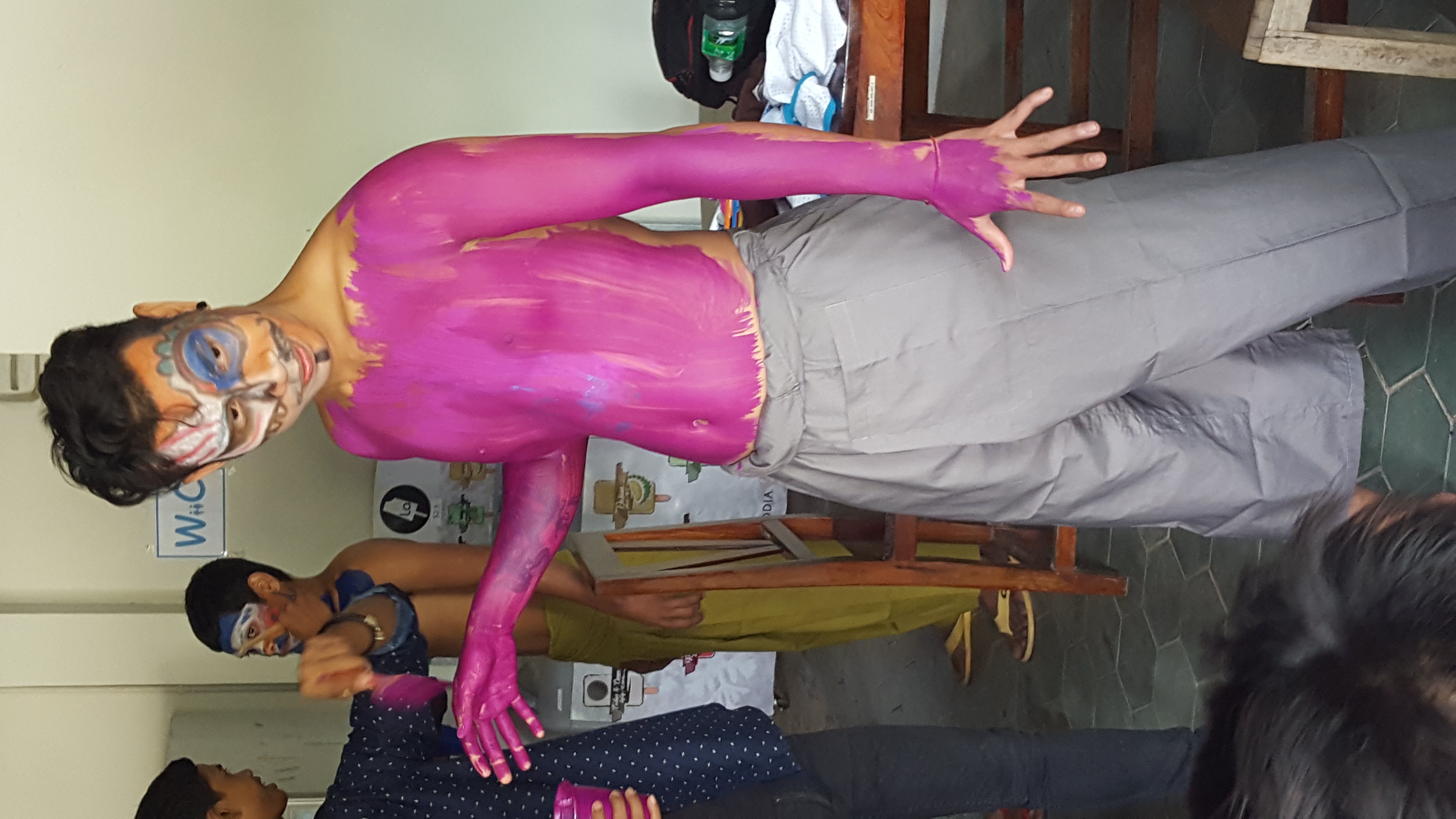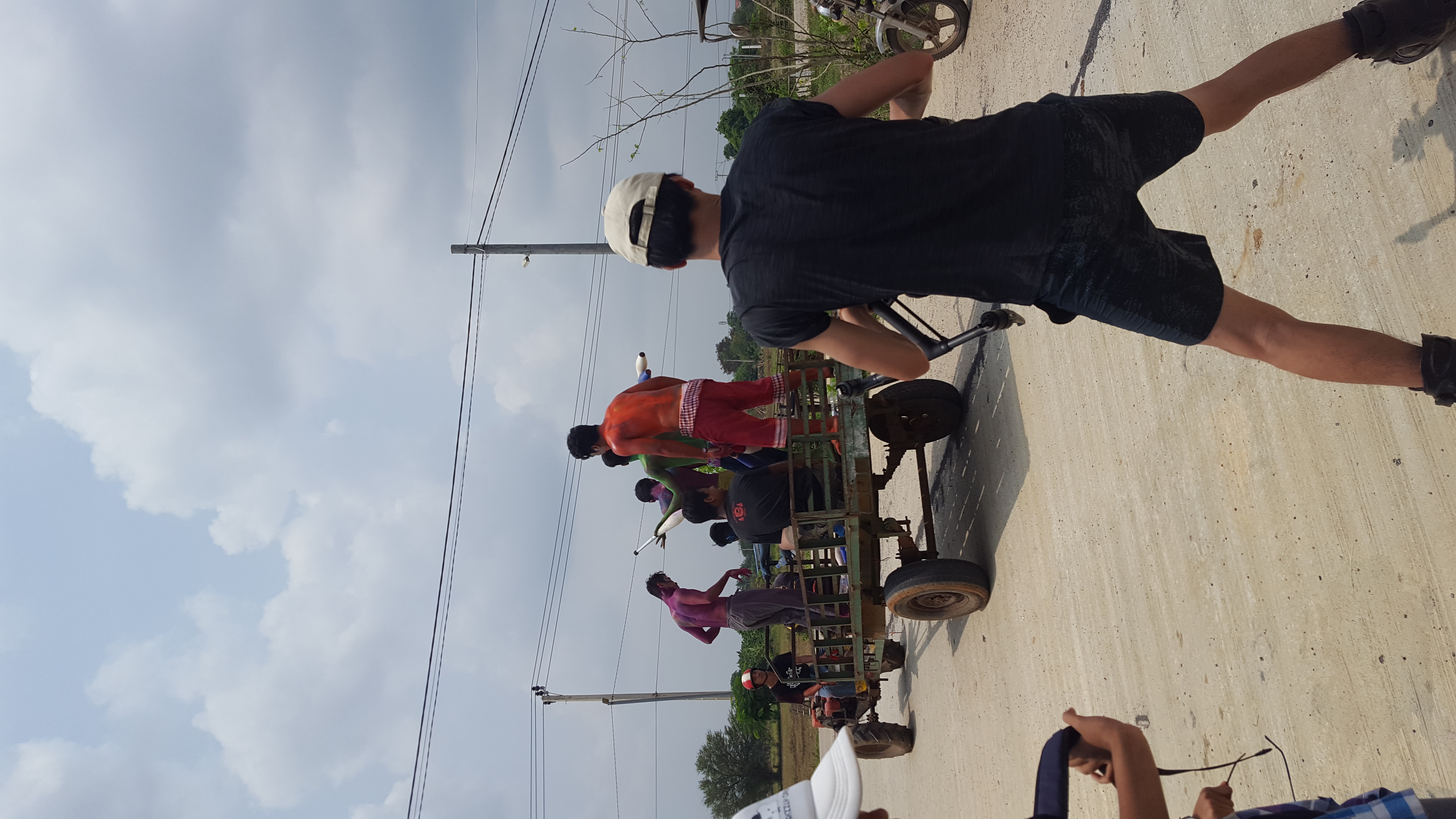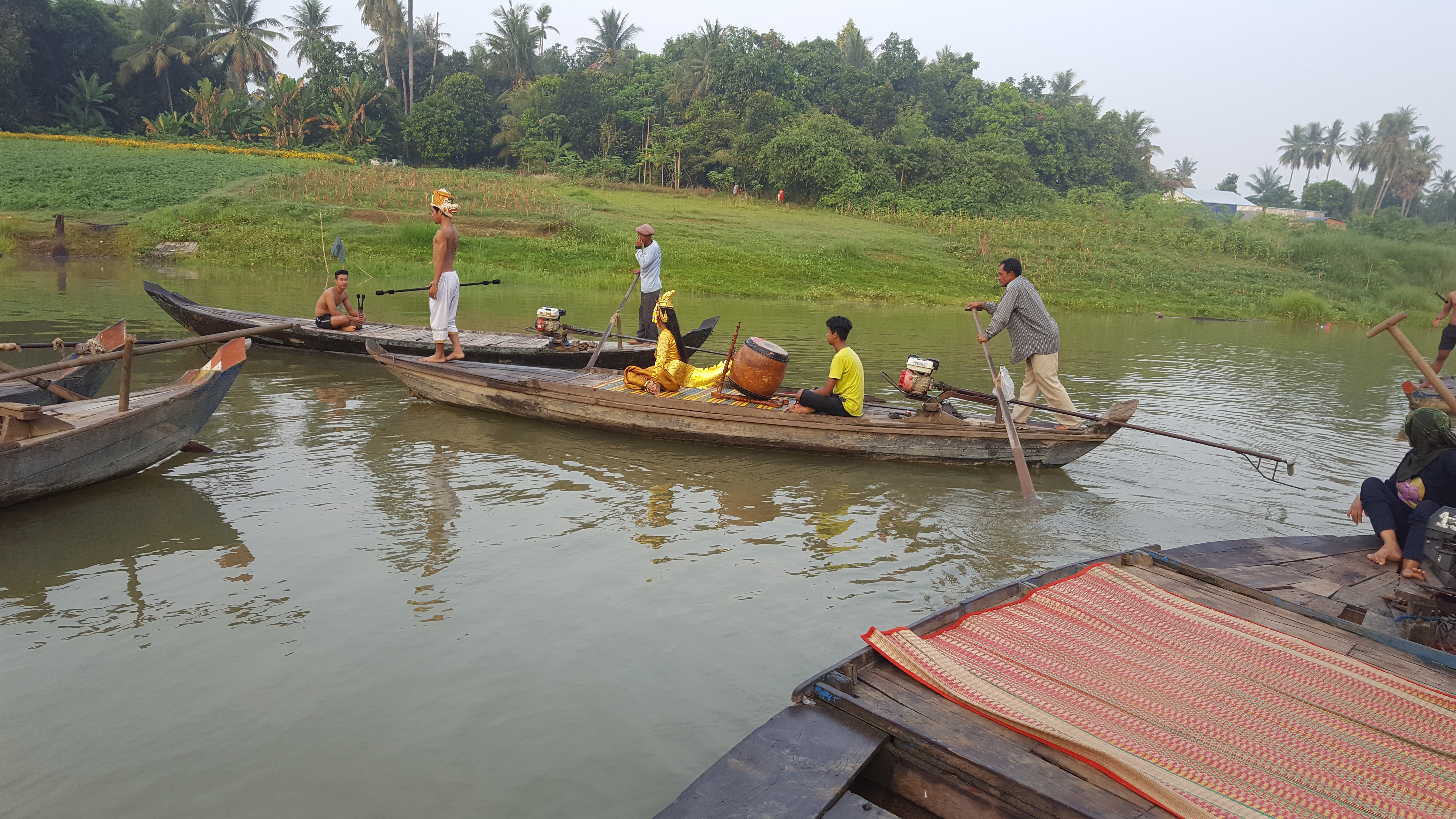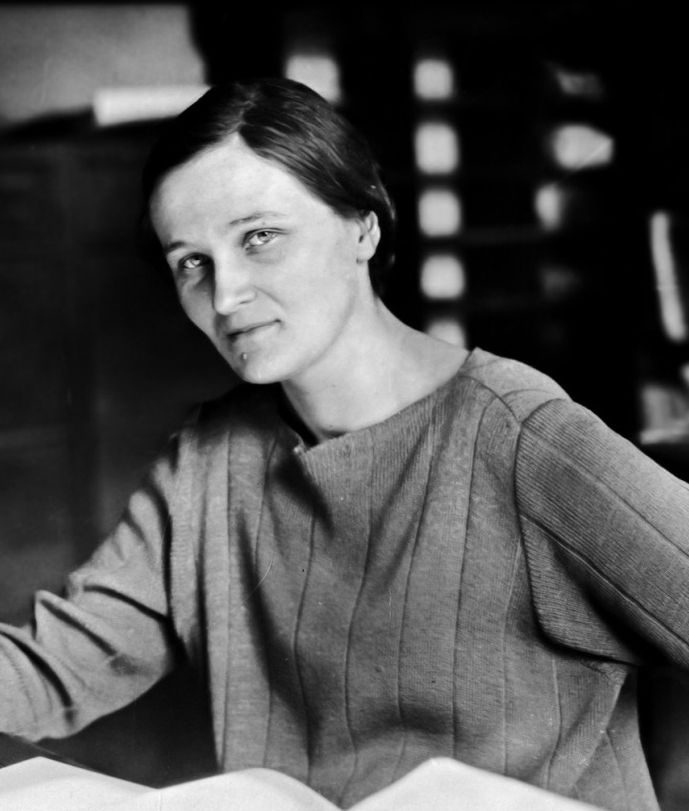The senior will have an official SAT test soon on either October or March, it is really necessary to practice as much as we could to get prepared and be ready to the test. Coach Larry Gelwix once said, “Practice doesn’t make perfect. Practice makes permanent.” This quote is really fundamental in a test like SAT. We need to practice a lot and as well finding an efficient way to solve different problems in SAT. This is what SAT all about, practice, speed, and efficient with the strategy to apply. We had two weeks of SAT boot camp with the students from America who had been trained and experienced this test. It was really helpful because we had many tips and practices from our two mentors. In the essential math class, we continue to practice and build our test-taking strategy on the subjects such as Circle Theorem, Trigonometry, Unit Circle, Imaginary Number, Function, and Quadratic. In my math class, I spend a huge chunk of my time on quadratic using both Khan Academy and Desmos to do self-learning on this important skill in SAT.
Literacy Leadership Team
This year my English literacy class was really different and unique from other groups. The other groups they had a unit about America. But for my literacy class, we called The Liger Leadership Team, we took a different approach to learn the advanced literacy skills and as well learn to be independent and be the leader for other students. For the first few weeks, we have been reading some kid books such as Mr. Nosey, Arrow to the Sun, and Rosie Revere, Engineer. I realized that literature and literacy skills can be learned from any kind level of books. Even though the above books were written for kids but I found out that it included some of the advance literacy skills such as repetition, idiom, onomatopoeia, alliteration, and a tremendous amount of new vocabulary.
Beside from that, we were the first literacy group to read the book called The Rent Collector. The Rent Collector was written by a foreign author, Cameron Wright. So The Rent Collector was a 50% story based on a real life of Sang Ly’s family, who live at the landfill at Steung Meanchey that struggle to fight through to survive and find a better life for herself and her son who is always sick. Sang Ly had a dream to learn how to write and read. But at one day, she asked Sopeah who was the “the rent collector”, and who was normally care about herself. But she ended up accept to teach Sang Ly and at last literature play a role in Sang Ly’s life and help her right through the difficulties she had faced.
As a final product, we had created our own literature event about our book, launch our Lit Studio which is our library, and share our poem about The Rent Collector. The event went so well, everyone enjoys listening to our inspiring speech about The Rent Collector, book summary, students’ testimonials, and spoken word. I had written a few poems and I had an opportunity to share one of them the crowd that was expressing Sang Ly’s feeling when she lived at the dump.
Khmer Poem Book
Last year, the senior started to write their own poem about any topics that they feel interested to write about. I had written three different poems that were mostly related to education and the issues in my society. This school year we have been working on our poem book and in the first few weeks, we tried to edit to our poem. After we finished our editing, we started to put all of those poems into a format of the book. My first role with the poem book was to write the instruction and show a proper way to write the poem. In addition, my role changed to work as a person who manages and organize the book format. This role was really important because if the book didn’t have the same format it will look so awkward. So when the format was finished the students started to follow and use it as a sample. Even though this job was mainly run by me but I needed to communicate with other students and show them the update of the format since we had a different period of Khmer class. On September 24, 2018, we had our first book draft and it looked astonishing, everyone was really happy to see the book and what we had accomplished from the past few months.
Young Youth in Toyota Impact Challenge
It was a great start to my new year at the Liger Academy Leadership. On Thursday, August 2019, I was attempted in the event called Toyota Impact Challenge. There were many young innovators who try to create solutions to challenges surrounding: transport, smart cities, road safety, and environment. It was a semi-final, where each team tried to pitch their ideas and business model toward the four main topics listed above. I would say their idea their business model was really impressive. My favorite idea was a SmartBin project, this idea helps to encourage the citizen to throw the bottles into a proper bin that is listed on the SmartBin. What unique about this project is that every time people throw a bottle into the bin they’ll receive some points that could use to buy other items. Beside from the pitching, during a break time, I also did a networking with a young Cambodian guy who is running a project called “Tosrean”, which mean let’s learn. This system helps a student to find a private teacher to teach them one on one. From this extraordinary experience, I learned a lot from different ideas to solve the issue in Cambodia but as well from the presentation from each team, it gave me a broader understanding of a business.
Changing Cambodia 2017/2018 (Light the Fire)
The change goes along with passion, action lead to change, the more changes I make, the closer I will reach to my true passion.
I will not be able to find my true passion if I never “force myself” to explore and engage with new projects.
I admit that I knew nothing about filming or any of the cameras stuff, however, I still want to give it a try. I believed in myself that I’m going to be useful in some way to create this incredible music video in Battambang province. I met Ryan, who was the filming director and he explained the overall schedule of the filming project and I was surprised when I heard that some days we needed to work up to 14 hours. On the morning I wasn’t sure what to help at the start but later on, I started to play an important role as a bridge between the designing team and the filming director. The colors slowly started to appear from the body of the performers as the designers tried their best to be creative within the painting. Each performers’ body was full of solid colors: green, blue, purple and orange. Everyone who involved in the filming project was amazed by my incredible work and the ability to solve the problem and communicate with elders throughout the whole project.
Normally, the staff would plan and guide us throughout the whole project but for this particular experience, I was so independence. Most of the time, I traveled alone, manage my own schedule, find my own food, and solving my own problems.
This filming was a collaboration between Human Agency and Phare Ponleu Selpak, and the film was under the theme, “Light the fire.” Fire can easily permeate from one location to another and as a change agent, we should also be the fire. I want to spread my knowledge, and my skills just like the fire, so that I could help to improve my own communities and the country. In addition, with a lot of experiences, I will spread my knowledge through my independence and confidence. I’m old enough to do it alone and to spread my word to the communities just like how the fire ignite and cause the effect.
I continued spreading out the fire through a project called Khmer Sight Foundation’s, a community service that helps to cure the villagers’ eyes for free. I was apart of the team to check the patient’s’ ability to view the E eyes chart. Another big responsibility for me was to communicate with the patients to explain to them the foundation. But also, to provide them support and instructions of what to do with each step when checking their eyes. All of these works were done independently by myself, I was really satisfying to help the patients to get their sight back.
I could not stop pushing forward to help my community so in the fifth exploration I am currently involved in the exploration called Mosquito-Borne Diseases in Cambodia. Exploration is a project-based learning, where we not just focus on theories and discuss the problems, but also taking action to create impact. In this exploration, our final project is to do on data analysis report about dengue fever around the school community. The risk analysis was focused on two main villages, Champous Kaek and Koh Krobey and we interested to find the associations of the main three variables: knowledge, behavior, and perceived risk. For the future plan, we would like to distribute out the report to the village chief, local clinic, and the government. In addition, we decided to do an awareness campaign that could help to remind villagers to clean their surrounding environment in order to decrease the risk of getting dengue fever.
Change agent permeates the changes for the community just like the fire with a powerful movement, confidence, and independence. My other three friends and I been thinking about spending our summer break doing cycling around Cambodia two years ago. As we are now independent, we have the knowledge, and we are ready to roll the plan to create impact in this country. I want to inspire those young students, show them how STEM and project-based learning could better their lives and their community.
Aside from that, I also believed this is also another great opportunity to expand the survey and the data analysis, seen we will cycling around Cambodia we could interview the villagers along the way.
As a change agent, I believe in change, I believe in my own words, I believe in my community, I believe that what I share today will be a potential to create impact tomorrow or future. Tina Seelig said, “Passion follows engagement,” the more we are involved, the more passionate we become, I get my passion from engagements and from the journey to create change for Cambodia.
First Time Doing Yoga and Meditation
Life requires balance, the balance between school and my own relaxing time. On 24th of May, I went to Vagabond Temple Yoga & Meditation Retreat. My first impression when I arrived the place was unbelievable, I didn’t expect this area to be like this; the whole environment was formed by nature, it was really peaceful and relaxing. My first yoga class was around 4:30 Pm, I was a bit nervous but at the same time, I was excited to do the yoga. After the first class, I learned how to prepare myself comfortable before the class start, I need to prepare the yoga mat, pillows, blocks and more. After many classes: medications, yoga, and inspirational talk, it allowed me to understand my strengths and my weakness both physically and mentally. After I heard a powerful talk about focusing on your strengths not your weakness from Pazit, a founder of Vagabond Temple, I immediately reflected myself on her story and her talk. This was one of my favorite classes of all from this trip.
First Time Working with Professional Film
It took me a while to make this decision, give up the Vagabond meditation and the whole school week to involve in the filming project in Battambang. The main purpose of the filming was to create a creative music video about the shining light. The idea of shining light was inspired by an organization called Phare Ponleu Selpak. Phare is providing a free education to the community students: designing, music, Khmer dance, circus, and animation. Throughout the whole experience working with the cruel team and all the Phare’s students I had made many connections with them through communication and working in general. Filming, in general, is very hard, particularly for this project sometimes we worked like 14 hours a day and it was exhausted. But this hard work pays it off by giving me an opportunity to understand the whole process of filming. My favorite parts of the project was to work as an assistant of the filming director and to give instructions to the performers. Because of all of this incredible experiences, it had have changed my mind to involve more with filmings.
How do scientists study the geography of the ocean?
Sonar is a type of technology that had been used by many scientists to navigate the geography and atmosphere in the water, but mainly in the ocean. There are two types of sonar: active sonar and passive sonar. Active sonar is able to send the signal of sound in the water, however, when the object is in the path of the sound pulse it will bounce the echo signal back to the sonar transducer. The sonar transducer signal has the ability to tell the strength of the signal, determine the distance and the orientation of the object. On another hand, passive sonar able to detect the noise in the ocean, it does not emits its own signal but instead, it uses to detect the noise that comes toward the vessels. Passive sonar doesn’t have the ability to measure the range of the object.
National Oceanic and Atmospheric Administration (NOAA) uses sonar technology to study and understand the geography and the atmosphere in the ocean. Scientists primarily use sonar to map objects on the seafloor like shipwrecks and as well use to map the geography of the seafloor itself.
As can be seen, sonar technology can be so useful to the scientists that are doing geography research. Because of this technology that’s why humans are able to have a better scene of the environment underwater, as well as using that information to prevent danger or risk when traveling in the ocean.
Woman doesn’t deserve the proper credit for theirs achievements
Cecilia Payne-Gaposchkin was born on May 10, 1900, Wendover, England. She was one of the fewest astrologists who was successful with her career to discover what the Sun was made out of, as well as other stars in the universe. Her discovery had an immense distribution impact on our society. She had proved people wrong that the outside world isn’t the same as the Earth. With her amazing discovery, she never deserves a proper credit for her hard work to figure out this enigma.
In 1919 Payne entered the University of Cambridge to learn science but she didn’t know what aspect of science did she wants. She made her decision to study astrology and stars after she was inspired by a lecture of a famous astronomer Arthur Eddington. She knew that England wasn’t the best place for women to explore in the science field so she moved to the US in 1923, attempted Radcliffe College (now it’s a part of Harvard), the only academic institutions that accepted women in science. It was Harvard that Payne achieved her flourished success as an astronomer.
Just in 2 years, in 1925 she was the first women who received a Ph.D. degree in astronomy. In that time, we believed that the elements that made our planet is the same as the outside world. In fact, her discovery had proved everyone wrong that our earth and the outside world is totally different. Payne had discovered that the Sun, as well as the stars, are mainly made out of two elements, hydrogen, and helium. In addition, she also found out that we can classify the stars by its temperature. As a young scientist, living in the world that was dominated by older man, she didn’t get the credit that she should deserve. Her advisor, Henry Norris Russell persuaded her that she shouldn’t publish her discovery because it was too controversial, so she took his advice. A few years later Russell took her discovery and published it by himself. Eventually, she became a technical assistant working at Harvard. In 1956, she became a Chair of the Department of Astronomy, making her the first woman with a department at Harvard.
Source:
1-https://www.britannica.com/biography/Cecilia-Payne-Gaposchkin


